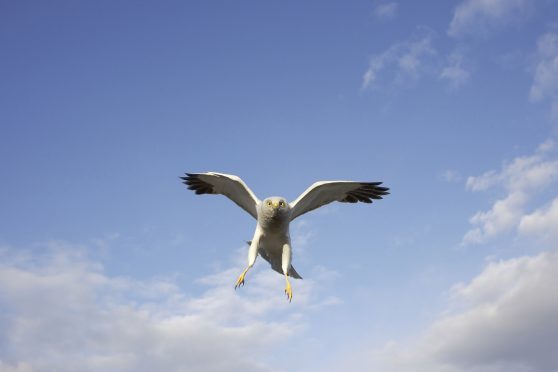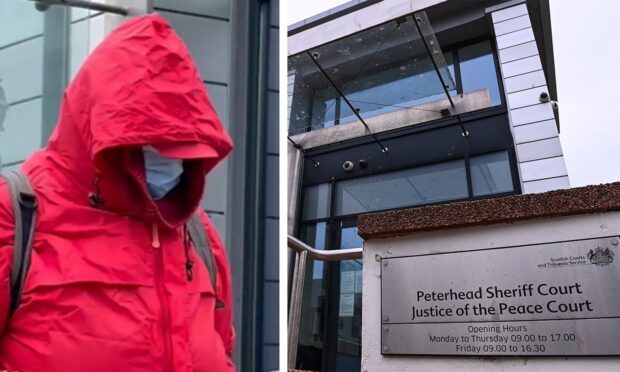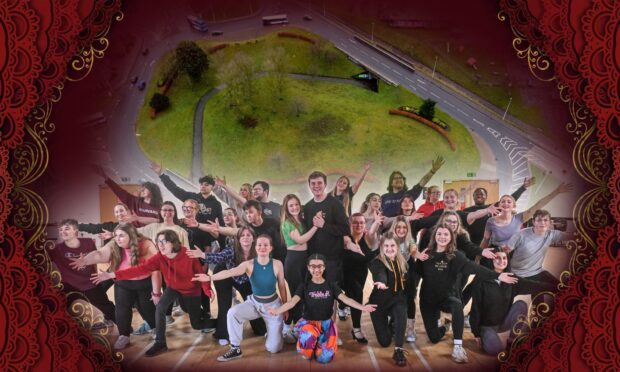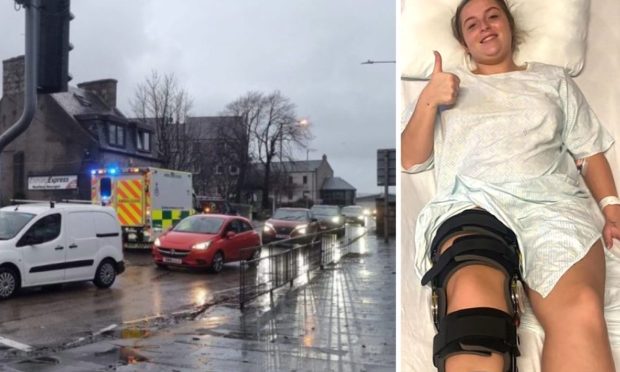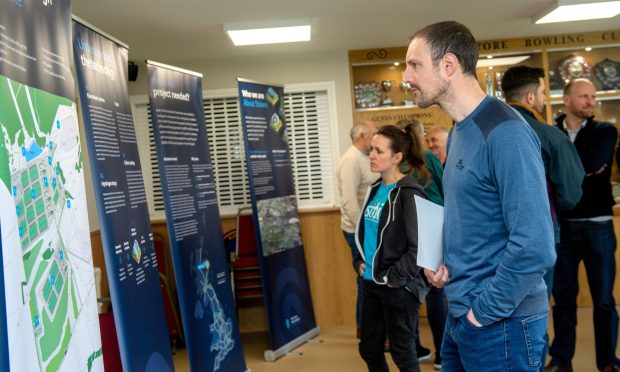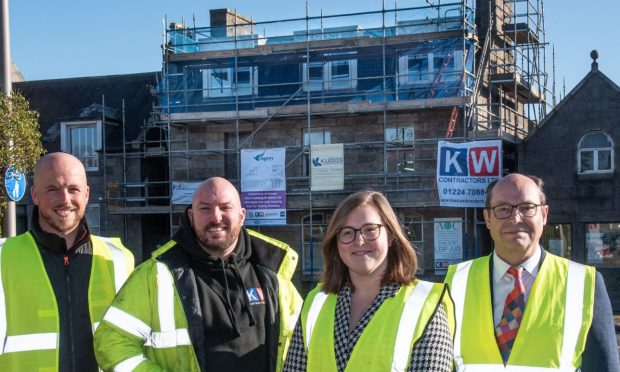Numbers of one of the most endangered birds of prey in Scotland have plummeted.
The fifth national survey of the hen harrier population has revealed there are just 460 breeding pairs left north of the border, a fall of 9% since 2010.
Scotland is home to 80% of the UK’s harriers, and the stark figures are the second successive decline recorded by the study.
In England, the birds are on the brink of extinction after the number of breeding pairs fell to four last year.
Simon Wotton, lead author of the survey by the RSPB, Scottish Natural Heritage, the Scottish Raptor Study Group and other UK partners said: “We hope these results will convince everyone in a position to help hen harriers to take positive steps to ensure their protection and rebuild the country’s population for people to enjoy for generations to come.”
The hen harrier is known for its majestic sky dancing ritual.
But they are the most threatened birds of prey in the UK due to illegal killings and destruction of heather moorland and forestry, their natural habitat.
Duncan Orr-Ewing, head of species and land management at RSPB Scotland said: “The hen harrier is an indicator of the health of our upland environment and the fact that its population continues to decline is of major concern.
“The hen harrier is a high priority for our conservation work and urgent steps need to be taken to tackle illegal killing of this species and to improve their moorland breeding habitats.”
The west Highlands continue to provide a home for the majority of Scotland’s breeding harriers, while Orkney and the Hebrides were the only areas of the country to show a slight increase in numbers.
Wendy Mattingley, from the Scottish Raptor Study Group, said: “There is a very concerning trend of a long term decline in the number of breeding hen harriers in Scotland.
“For the population to begin to recover and expand over all suitable habitat, the intensively managed grouse moors of east and south Scotland must produce successful breeding hen harriers again.”
